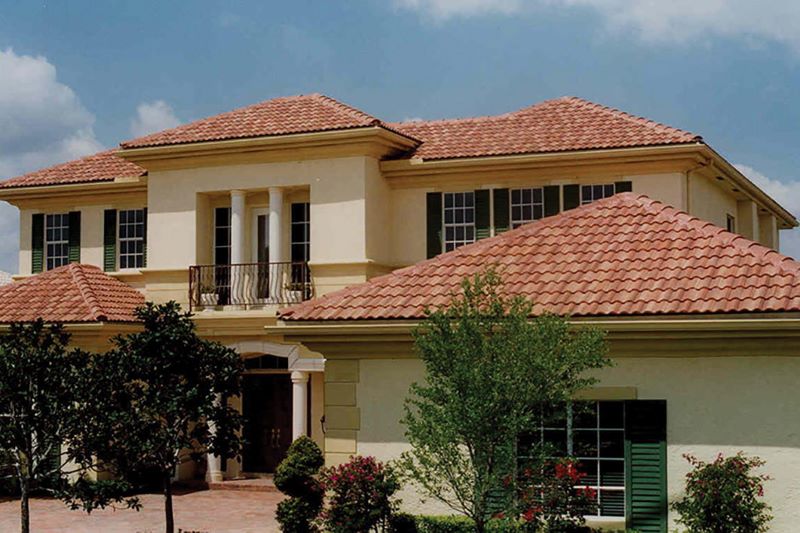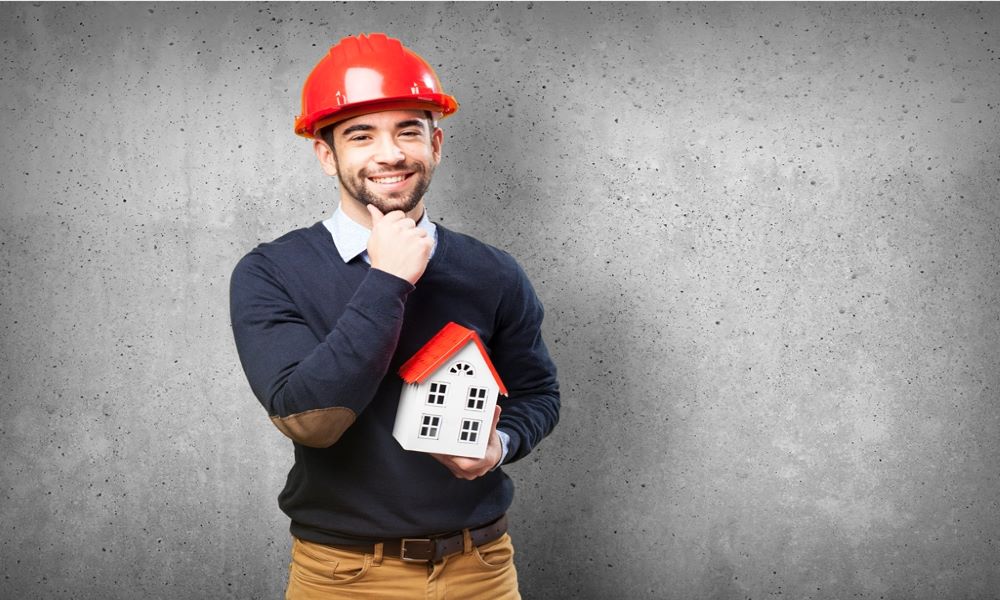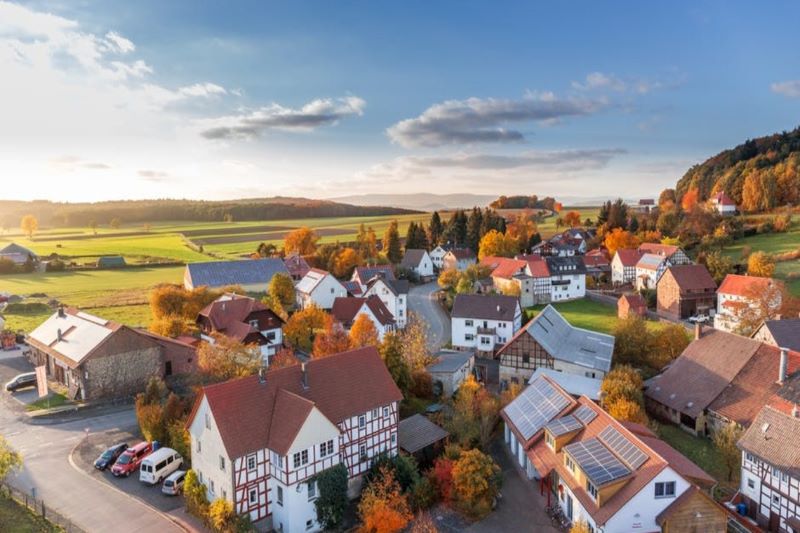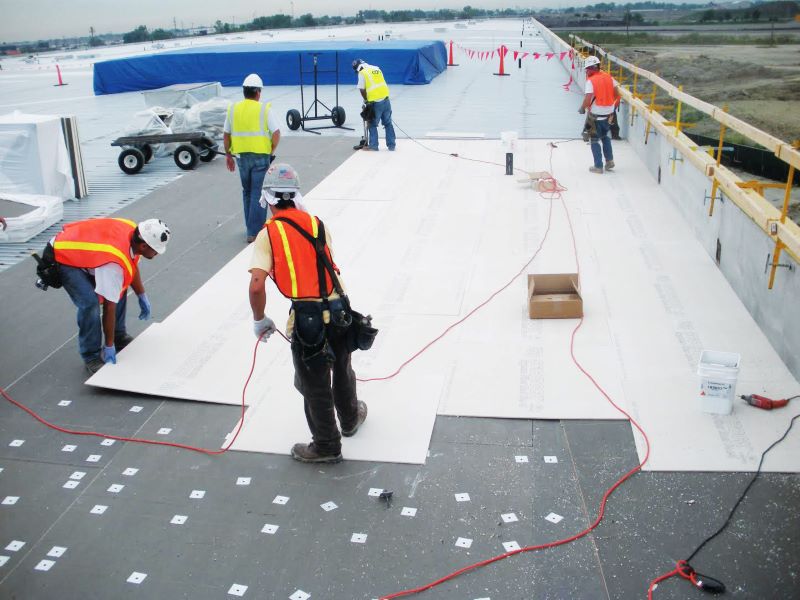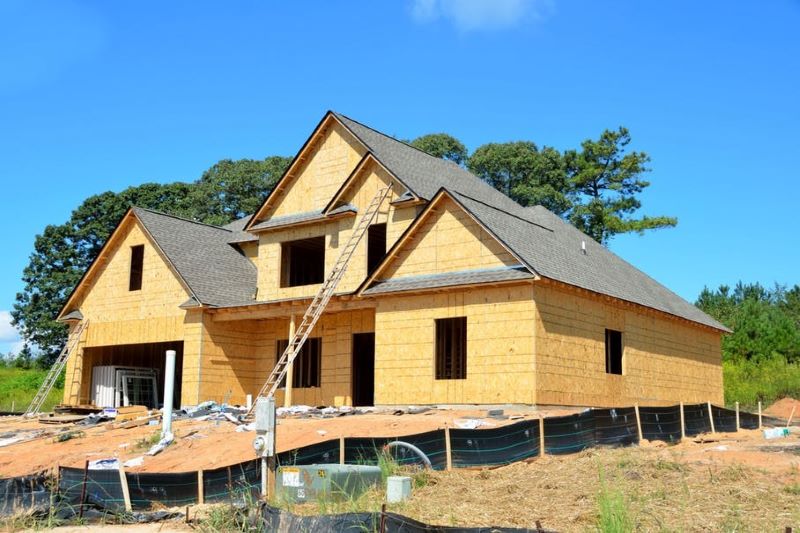Table of Contents
Over the past decades and centuries, different roof shapes have developed by architects, builders, and designers to meet the spatial, personal, and local climate needs. Having the right type of roof goes a long way than just protecting your home and its occupants. Such shapes can impact the design and performance of your home building. If you’re looking for the perfect roof design for your home or business building, then you’re in the right place. Perhaps exploring some of the commonly used roof shapes and their unique advantages can help you make informed decisions, right? Well, please read on.
1. Gable Roof
This is the most common roof shape that you must have seen if not lived under one. It has two slopes meeting at the top, with the sides of the slopes being open. Among the options you can choose from include Flemish gable, side gable, cross gable, and front gable. The design of these roofs can prevent snow build-up, allow for more ventilation, provide more attic space, and is highly affordable for almost every homeowner. You can check some of the roof design and styles that you can use in your building for the best experiences.
2. Flat Roof
Flat roofs, unlike the name depicts, have a slight pitch (hardly noticeable) to allow for convenient draining of water. With a flat roof design, you can dedicate the added roof space for quite a number of DIY purposes: water tanks, solar panels, penthouse room, or growing a roof garden. You can also place heating and cooling units on these roofs (suitable for commercial roof designs).
3. Hip Roof
This rood shape has four sloping and equal sides (length) that meet at the top, forming a ridge. They are more sturdy than gable roofs hence suitable for areas prone to snow and high winds. They also prevent snow build-up and can provide more living space.
4. Pyramid Hip Roof
Just like a pyramid, that’s what pyramid hip roofs look like. They have four slanted sides that meet at the tip of the roof. One main advantage of this roof design is the absence of ridges – prone to leaking and getting damaged easily. This design also has eaves on all sides that can provide extra shade, especially during the hot summer.
5. Curved Roof
If you’re looking for modern and stylish roofs that are aesthetically pleasing, then curved roof can be your best option. These roofs are designed to receive less sunlight; hence you’ll experience reduced indoor temperatures. Depending on your location and design preference, you can customize the roof to fit your needs.
6. Butterfly Roof
The design depicts a butterfly’s wings in flight (V-shaped). It has two tandem pieces angled up on the outside and meet into a valley at the midsection. This roof shape can provide more natural light (larger windows can be installed) hence lower energy bills especially during the winter. It’s also viable for eco-friendly home designs since you can add water collection systems and PV solar panels.
7. Shed/Skillion Roof
This is a very simple roof shape characterized by a single slope. It can be the best option to go for if you do not intend to have an attic in your home. You can also install solar panels on these roofs since they’re slightly steep.
Conclusion
At this point, you can identify the most suitable type of roof (out of the several types explained above) for your new or remodeled house. Choose a roof that meets all your needs and preferences for a dream home. It’s also important to consider the type of material to use for your roofing. For more information about roof shapes and materials, you can refer to other relevant home improvement/commercial themed (Building repairs/remodeling themed) blogs. All the best and enjoy your new roof design!
